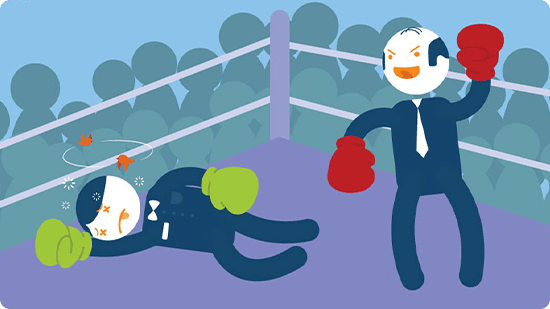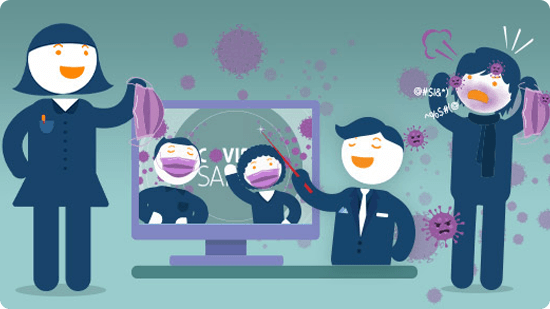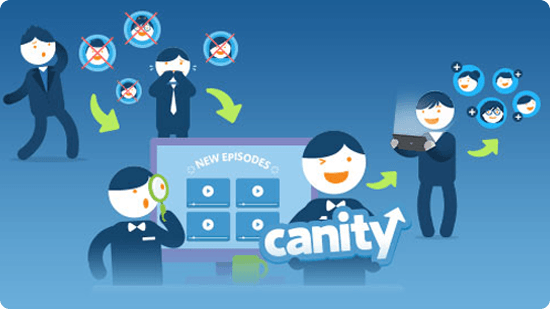I was never a straight ‘A’ student. I would fidget too much, make too many jokes and procrastinate over homework instead of getting on with it. It’s the same story when you sit me in a room for two hours to watch a training video. My mind is thinking about my inbox, ideas for projects I’m working on and how I could be using this time to meet looming deadlines. Sound familiar?
That collective audible sigh you hear from your department after hitting send on that email telling them about your next training session is normal. Admittedly there are infinite reasons why an employee may feel apathetic towards training. However, there are a few universal truths – and by recognising & understanding them – we’re better able to overcome them.
They’re conditioned to revolt
We have our education system to thank for this. As a student, you are given facts to remember, tested on your ability to retain them and then graded accordingly. The majority of us can no doubt remember experiencing some level of anxiety towards surprise quizzes and end of term tests – and it’s the fallout from this feeling that makes us revolt in learning environments.
Workaround: Take the learning outside of the classroom and bring it into your employees’ space. This is anywhere they feel comfortable, like their desk, a local park or a breakout room.
They’re set in their ways
Humans are creatures of habit and routine. When you introduce training into the mix you’re disrupting routine and potentially ending old (and ineffective) habits. The introduction of new ideas means they’ll have to change how they do a job that they have down to a reflex – and that’s uncomfortable.
Workaround: Manage their expectations. On paper, training is to address known issues (behavioural, procedural, etc) within a company. Instead of pitching it as the remedy – empower your staff by pitching it as part of your company’s dedication to strengthening its team. Invest in your employees and they’ll invest in you.
They’re human
Part of being human is managing our ego. The ego steps in when people feel confident about what they have experienced and learned during their life. Any training employees perceive as accusing them of not knowing how to do their job can induce a less than cooperative response.
Workaround: This won’t be the case for all team members. Identify who is likely to feel most threatened and include them in the planning and implementation of your training.
They’re uncomfortable
Think back to your uni days – can you recall anyone leaving a droning hour-long lecture with a beaming smile on their face? It’s doubtful. People don’t want to sit through lectures and be tested in a classroom environment. Let people learn at their own pace and then get together with food and complete discussion work together.
Workaround: When you (the teacher) place adults into a classroom, they’ll assume the role of the student (children). Work collaboratively with your team and treat them like adults and they’ll act like adults – thus becoming more receptive to training.
They’re protective of their time
Training almost always takes people away from their carefully managed schedule. When you pull someone away from their work, it’s only natural that they’ll want to reject the whole idea from the beginning. It’s not just demotivating, but a good way to convey how little you respect your team.
Workaround: Find a training solution that will be easier for your team to work into their schedules how and when they like. If they want to sit down and watch an hour of training – let them. If they’d rather train a little bit every day between peak periods – let them. Flexibility is key.
Training is inherently a team exercise – so it must be approached with a team mentality. If you want to get the most out of your training sessions and grow together as a team, you need to understand what those common issues or barriers are, then find a suitable workaround.
– Lachy













